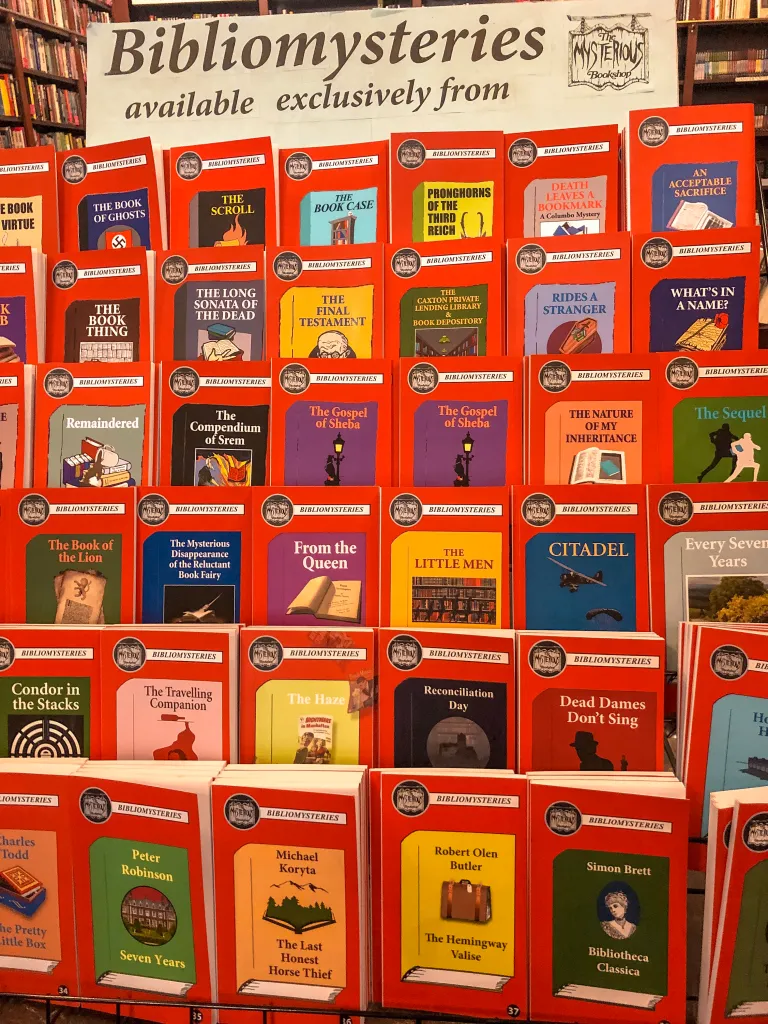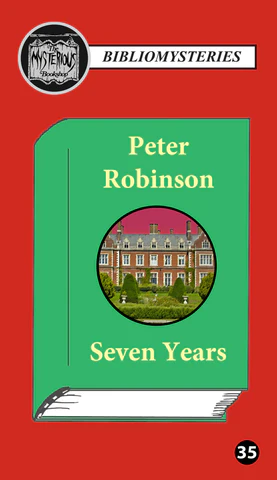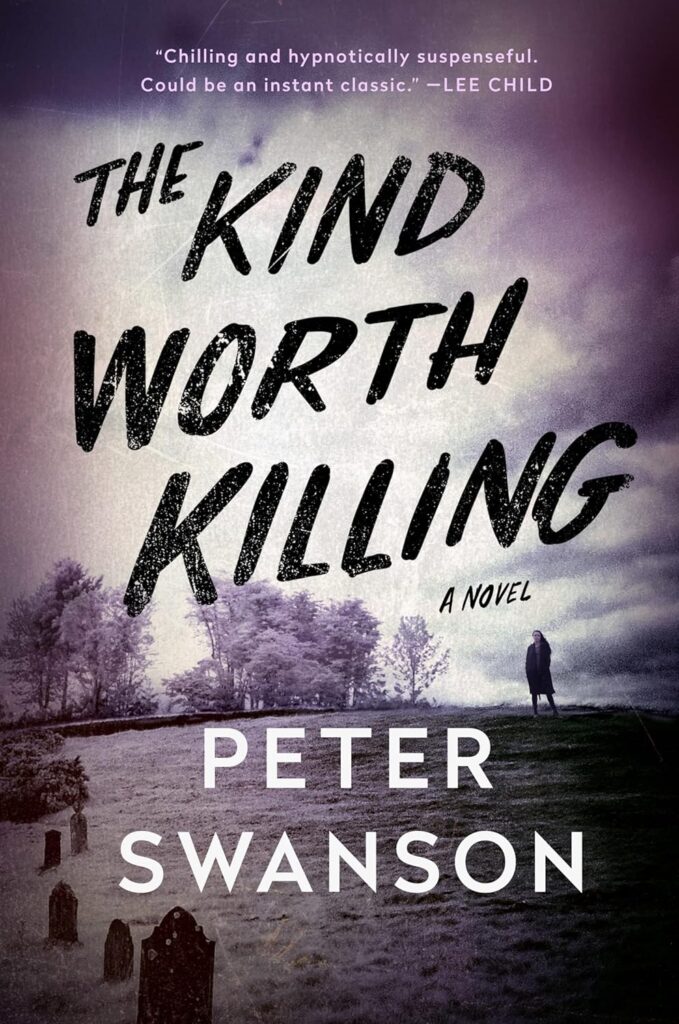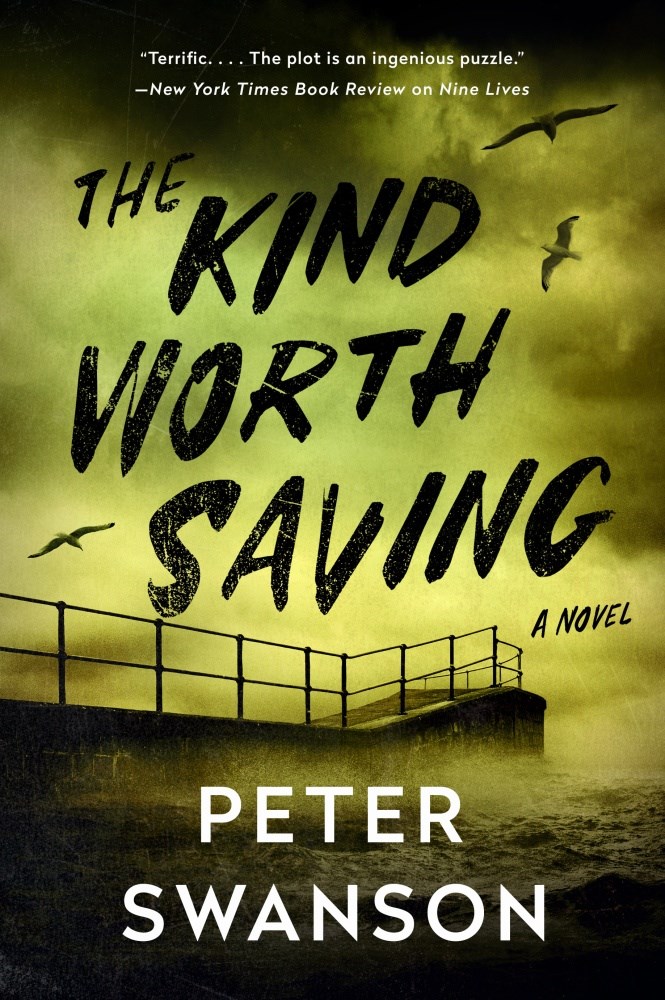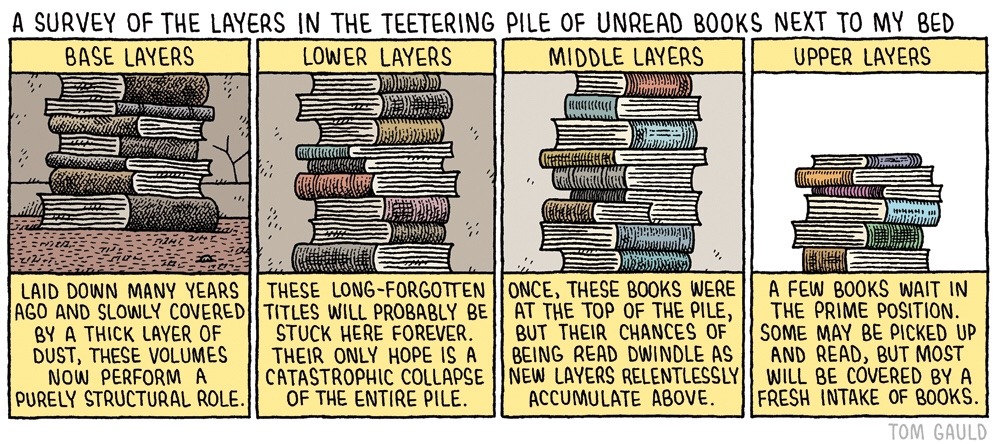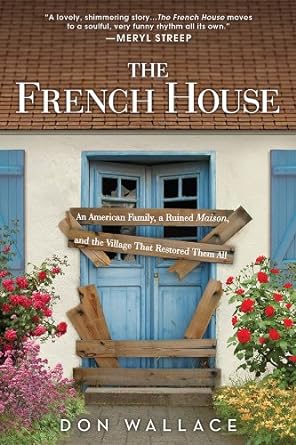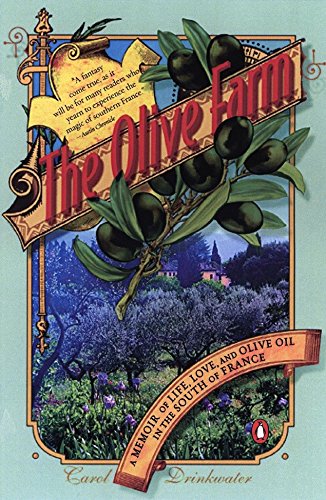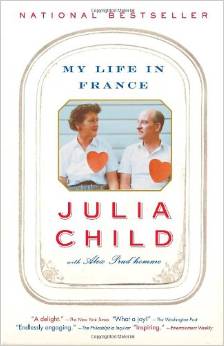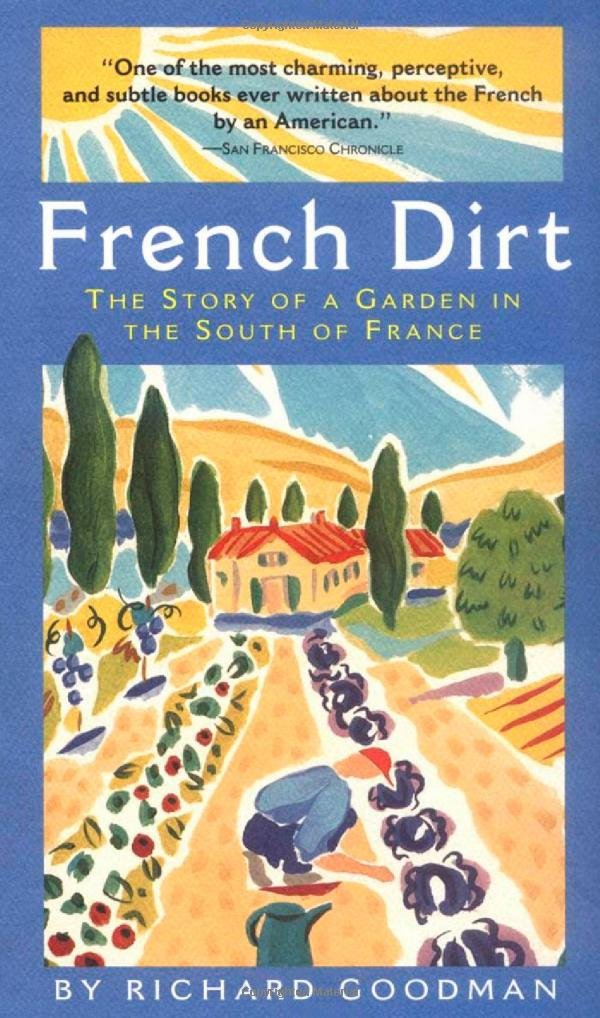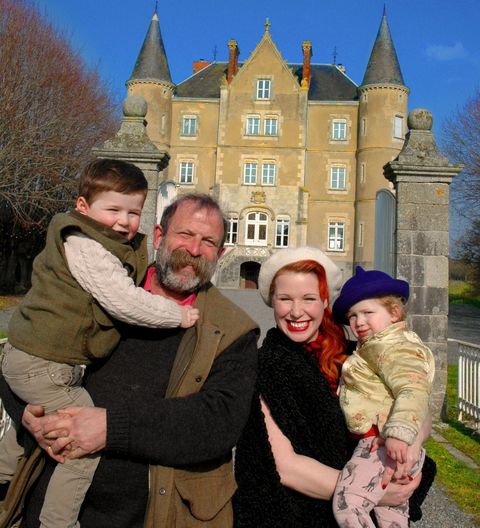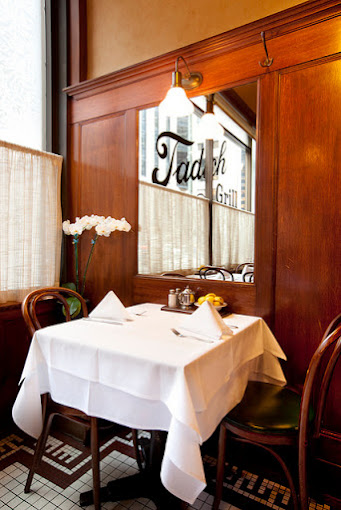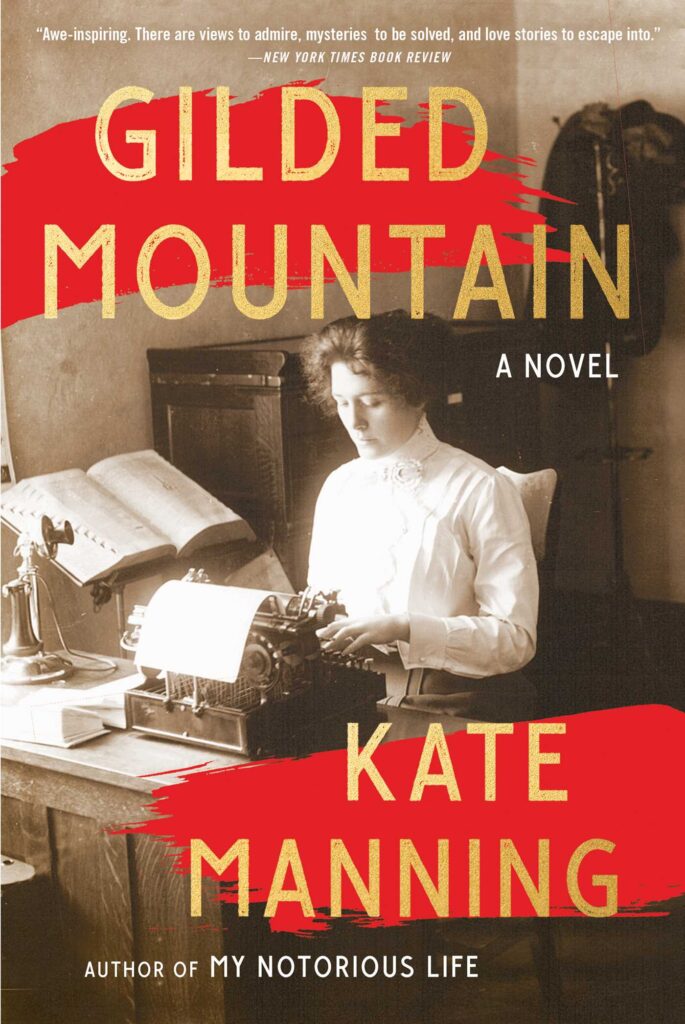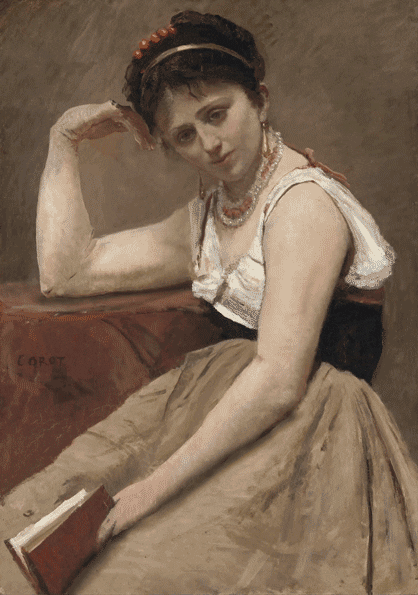Bibliomysteries
When we were in New York City a few years ago, I was able to talk Husband into venturing into Tribeca, home of the famous (at least to me) Mysterious Bookshop. It’s a wonderful shop run by the infamous Otto Penzler and devoted entirely to mysteries.
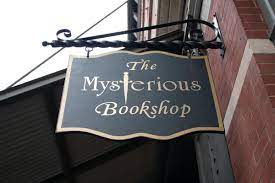


Most tempting was this section of Bibliomysteries.
Found only at this bookshop, these small volumes are short mysteries stories themed or set in bookstores, libraries, or just involving books. I purchased up a few, I mean, how could I resist – really? They are perfect to put in pocket, stash in the glove compartment or tucked into a carry-on – just in case you get caught without something to read (gasp!).
During our last trip I experienced such an occasion and lucky for me, had this in my purse:
Seven Years by Peter Robinson
Retired professor, Donald Aitcheson, spends his time driving through the English countryside, exploring small villages and dipping into whatever used bookstores he can find. (A man after my own heart.)
It is one of the greatest pleasures of my retirement to set out early on a fine morning for some ancient town or city renowned for the quantity and quality of its second-hand bookshops.
On one such outing, he finds a collection of Robert Browning’s poetry with an inscription that uses lines from “Porphyria’s Lover” to threaten the book’s original recipient. Perhaps this note was only a joke made in poor taste; still, something about its tone captivates Aitcheson’s otherwise unoccupied mind, and leads him to a remote boarding school to investigate. But when what starts as a harmless game of detective comes too close to a deadly truth, Aitcheson finds himself face-to-face with a killer, and learns that some pages are best left unturned…
A short read, but extremely well-plotted and with an unexpected ending –there’s substance in this novella.
Peter Robinson is best known for his Inspector Banks series (of which I’ve read a few) and remember admiring his writing style, his characters come alive, and the settings in Yorkshire were wonderfully rendered.
I thoroughly enjoyed reading this short novel during my hour wait.
And, there’s so many more to choose from…
The Kind Worth Killing by Peter Swanson
Thrillers are not my go-to reading genre, but I do like them when traveling. The tedious airplane trips especially call for a good page-turner. My only thriller requirement is that it has to be well written with good reviews.
I chose the The Kind Worth Killing because the Washington Post said “it should be a contender for crime fiction’s best first novel of 2014.” It has also been compared to Gone Girl, a thriller which I really admired (the film, not so much). This is a modern re-imagining of Patricia Highsmith’s 1950 classic thriller, Strangers on a Train, but trust me, with many different and unique twists.
The flight from London to Boston is delayed and Lily, a young beautiful woman sits down next to Ted and as alcohol loosens his tongue, he tells her about his cheating wife. It turns out they are on the same flight and arrange to sit next to each other. By the end of the flight and more discussion, Lily says:
Truthfully, I don’t think murder is necessarily as bad as people make it out to be. Everyone dies. What difference does it make if a few bad apples get pushed along a little sooner than God intended? And your wife, for example, seems like the kind worth killing.
At first, it is very, very similar to “Strangers on a Train” but about a third of the way through The Kind Worth Killing takes some jaw-dropping twists and turns, and things get more and more complicated. (turns out murder is really hard, you guys.)
The novel uses alternating narratives of the main characters, and it switches between past and current timelines. Mr. Swanson does this masterfully, using the past narratives to provide details, previous connections and clues. At the same time, he manages to hold back enough specifics to keep you guessing on how everything is going to end.
The writing never feels gimmicky or contrived. Every time I thought I knew where it was going, more twists would happen but the writing kept it natural and soberly real. What I found most enjoyable, was when the layers were peeled back to reveal more information about each character, and new ones were introduced.
It’s a game of cat and mouse…but just who is the cat and who is the mouse? My head was spinning – who is the killer? Who is the victim? Is there anyone you can trust?
I was shocked at the ending, and read it twice. I did not see it coming and the story ends a far cry from what I expected…hmmmm.
And I think I will stop here, and not reveal anything further so I don’t spoil it for you. Because if you like thrillers, or need a good vacation read – you must read A Kind Worth Killing.
And because I will never learn…
There is a second in this series, which I hope picks up where this left off.
And another to add to my list — Mr. Swanson also wrote The Girl with a Clock for a Heart—which the Washington Post raves, “should be a contender for crime fiction’s best first novel of 2014.”
Yes, two more books to add to my pile – it’s a sickness I tell you, but I don’t need or want help…Okay?
A French dream come true
Our dear friends’ dream has come true. For 25+ years these friends have dreamed of moving to France and when they recently became empty-nesters, it was time to start seriously figuring it all out. They’ve spent many hours looking at hundreds and hundreds of homes on-line, and finally landed on (and bought) an old stone house in the countryside of France. The house needs some serious renovations, but it’s all theirs and with a combination of trepidation and giddy excitement, they gave notice to their landlord, quit jobs, and are packing up.
They won’t get a car, trains will take them long distances and bicycles for shorter trips. Their village (and yes, it is a small village) has all they require, a shop, a bakery, a hardware store, a bar, and a cafe – all a short walk down the main street. They plan to have a vegetable garden, currently buried in the overgrown yard. Their french is improving every day as they practice. We are so excited for them and they leave in just a few weeks.
Books (you knew this would turn to books) on this very same subject are legion and I’ve read many (as have my friends). So I thought I would share some here – in case you, too, are dreaming of a move to France.
Peter Mayle is probably the best known author of such memoirs and novels. They are a delight and worth picking up any of them at book sales or the library.
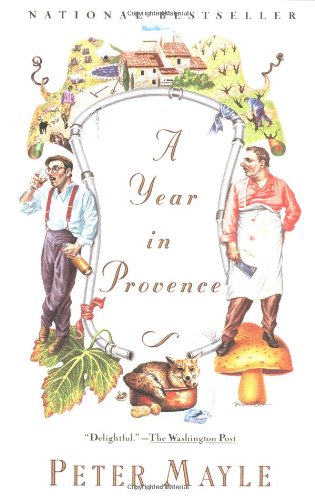
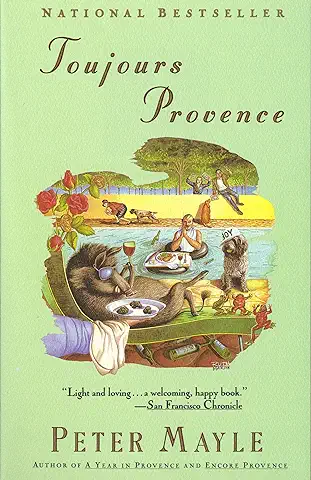
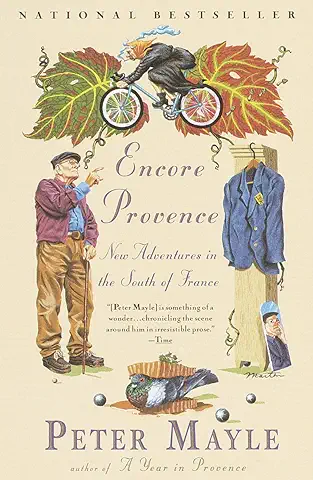
Then there is this series by Janine Marsh which I haven’t read, but are on my Kindle. Notice how similar the covers – they paint such an idyllic and charming picture of life in France. These look fun and I’ll get to them someday.
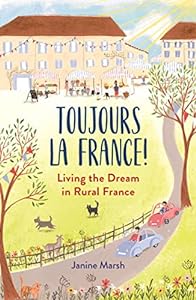
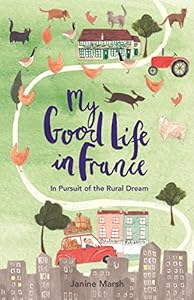
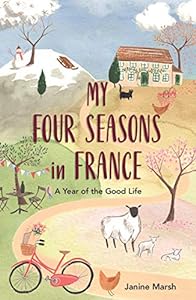
I read The French House years ago and passed it on to our francophile friends. This is an enchanting account of a family that tackles a house in rubbles, wins the hearts of a historic village, and finally finds the home they’ve been seeking off the wild coast of France.
The Olive Farm by Carol Drinkwater was another good read. Written by the famed actress from All Creatures Great and Small, this warm and funny memoir takes the reader from the glamour of Cannes to the sunny charm of their small plot of land, which they back breakingly transform from overgrown weeds into a thriving olive farm producing some of the finest olive oil in Provence.
Of course, one of my favorites is My Life in France, a brilliant journey with Julia Child — to read this book is to be right with her in France — tasting the food, smelling the baking bread, walking on the French cobblestones and embracing it all with Julia’s delight and gusto. Full review HERE.
French Dirt is a very fun and different memoir on moving to France and, yes, starting a garden. Part travelogue, part gardener’s journal, part pilgrimage and wholly enjoyable. What sets this tale apart from the plethora of “my life in France” books, is that Richard is such a hapless American on so many levels. His plans for his garden, forming friendships with the locals, and settling in to a new life often go awry.
You’ll chuckle and wince as he binge-buys plants and tries to sort out conflicting advice from the villagers — but then you cheer as he toils and worries over his garden, delights in its growth and is distraught by his garden disasters — all while the neighbors politely hide their amusement at the silly American.
And then there was the wonderfully quirky documentary series , Escape to the Chateau, which follows a British family as they trade in their two-bed apartment in Essex for a dilapidated 19th-century French chateau. Upon finding their fairytale castle, the pair begin work to restore it back to its former glory.
Bon Voyage Mes Amis~~ off to live your dream come true
N.B. They often asked if we would join them on this wonderful French venture, but we’ve already warned them that we’ll be frequent guests. Our dream came true 40 years ago when moved to San Francisco and found our little row house out here by the ocean.
A trip downtown
We don’t go downtown much anymore – since the pandemic and our own little neighborhood sprouting with good cafes, shops, bakeries and the farmer’s market on Sundays – there’s no reason. However, we updated some legal documents and needed to sign them in person at our lawyer’s office – you guessed it – downtown. So we dug out our transit cards and hopped on our public transport.
Husband had a great idea – lunch at Tadich Grill – a very special place, and located right on the cable car line – it’s the real San Francisco treat.
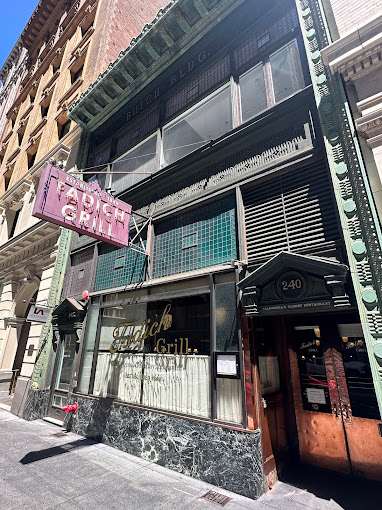
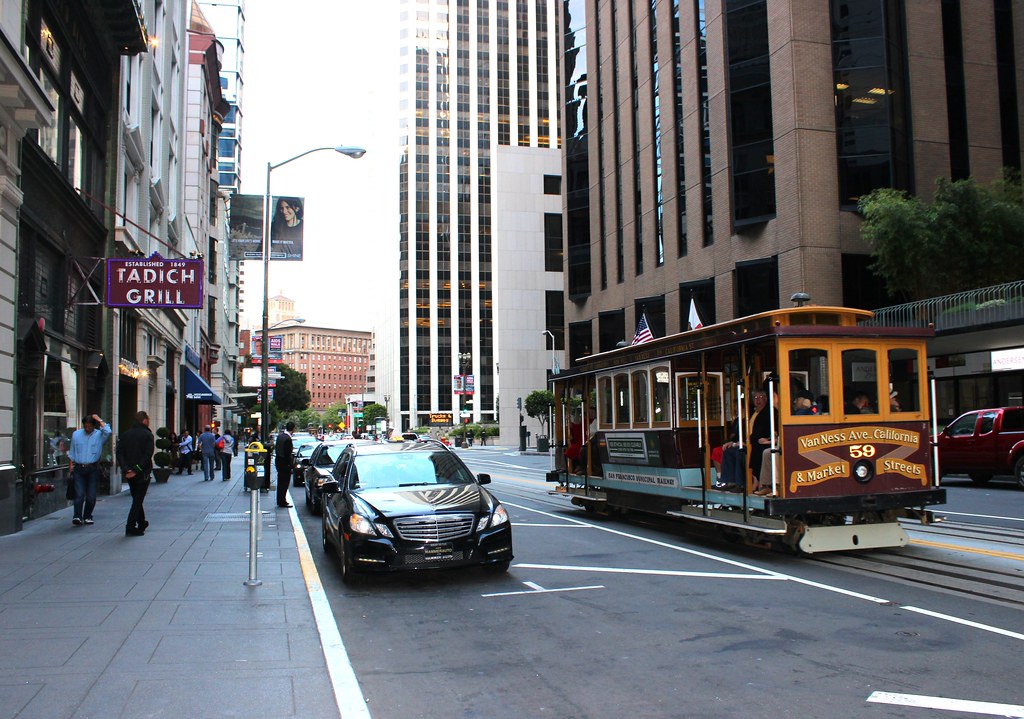
You see, Tadich’s opened in 1849, and is the oldest running restaurant in California.
Now, I know you folks on the East Coast and Europe undoubtedly have much older places, I’m thinking of Durgan Park in Boston and almost any pub in the UK – but for us this is a piece of history.
I used to work right across the street (see brown building to the right above) and many a time I would join co-workers and grab seats at the counter. And, if I remember, martinis were involved – it was the 80’s.

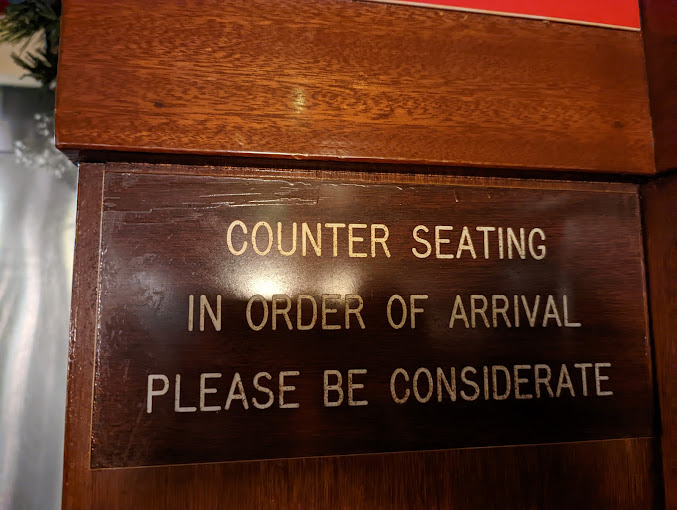
But this day Husband and I got a proper table, right in the window, with fresh starched table linen.
Many of the waiters have been there forever and they wear long starched aprons and range from fun to surly. All part of the experience.
Tadich’s has had never closed since their opening, but had to shut down during Covid for 55 weeks and, like so many other eating establishments, many of us feared it might not re-open.
I am happy to report it is back and bustling.
I never take photos of our food when out eating (we put phones away) but because this was the first time we’d been here since it was closed down, I decided to make an exception — everyone else was. Tadich’s is known for its seafood – so we both had fish – locally caught and very very good. I think it’s all in the butter sauces.

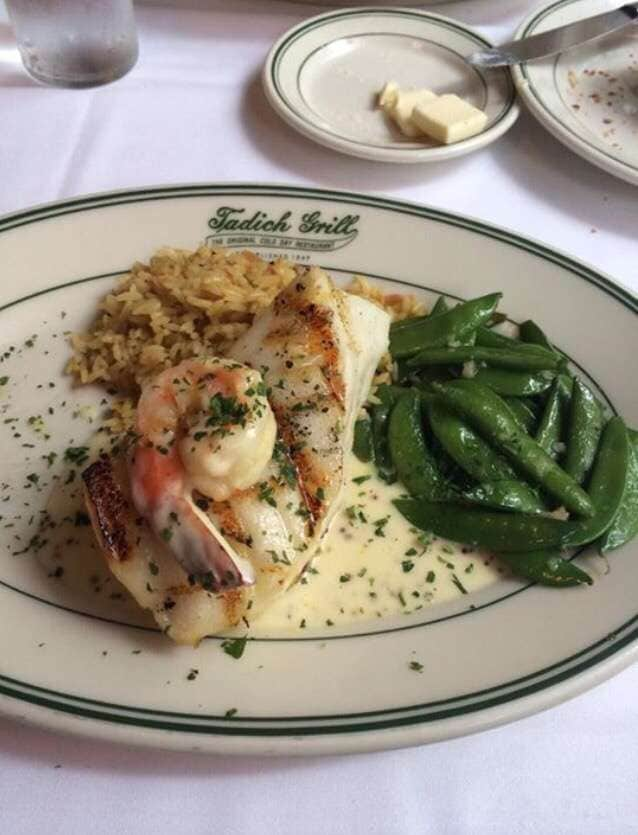
If you’re coming to San Francisco, this is a must – and happy to say — reservations recommended
The Gilded Mountain by Kate Manning
I very much enjoy reading and learning about history through fiction. The few non-fiction history books I’ve read were quite worthy, but I’ll admit, a struggle. I decided to finally read this much-touted historical novel which the publisher kindly sent me two years ago .
The novel revolves around early 20th-century Colorado mine workers and their struggles to unionize.
Hmm, I thought, this could be really interesting part of American history, of which I know nothing about.
The Gilded Mountain is set in a 1907, and opens with the Pelletier family’s treacherous journey from the east to Colorado to join their father who has secured work in a mine. Sylvie, her mother and two brothers travel through winter storms and rough terrain until they reach Moonstone Colorado, the mining town where they reunite with their father.
Once there Sylvie and her family endure hunger and dismal living conditions in a company-owned shack. Her father faces the dangerous conditions working in the marble mine and like the other workers, struggle for the paltry wages that are eaten up by rent and sparse food. Often the workers are not paid at all. Thus begins the roots of the Colorado mine workers labor movement.
As we follow Sylvie she first gets hired as the personal secretary to the mine owner’s wife and spends a summer observing the gilded life that the other half lives. The next summer, she gets a job with the town newspaper and begins to report and write about the mine labor issues and their attempts to form a mine workers union. She finds herself falling for Jace, the idealistic son of the mine owner, as well as George, a union organizer. Sylvie struggles with what to do with her life and her heart.
Still with me? Well good for you, because even trying to write about this book – I’m bored. And that’s exactly what happened with this novel. Oh readers, I wanted to like it, and the first half of the book was good, absorbing the reader in the grim realities of the Pelletier family trying to just survive just a day, a week — in the mining camp. The author does a nice job of settings – the descriptions of the dazzling white marble being mined by overworked miners, in unsafe conditions, often without pay, really stuck out.
But eventually it dawned on me, I had been putting this book down, and reading it became more and more laborious — I was bored, disinterested and had been forcing myself to keep on reading – but why?
Truth be told, I did not care a wit about any of the one-dimensional characters, I kept expecting more development – more depth to any of them. Sylvie became especially unbearable. But a bright spot before I left the book was Mother Mary Harris Jones — yes that Mother Jones – a force to be reckoned with. She marched and protested for the miners, with great energy and despite her ancient age. Her dialogue was snappy and real, but not enough to keep me reading.
There are racial issues brought up in the story line, even including quotes from one of the black writers of the time, W.E B. DuBois. But while racial conflicts had great consequences during this time – it felt forced into this story line.
Although I would have liked to know how everything ended, I looked at my pile of un-read books and thought this low key boredom is not why I read.
What did I take away from what I did read?
The Gilded Mountain is a stark treatise on the harsh life of miners in early 20th Century and I learned a bit about mining, union organizing and busting, entitled rich and the ways they kept their workers desperately poor.
But none of it had any real soul. I should have read a history book.
N.B. You all know how much I dislike bashing books and their authors and I truly recognize all the pain, work and dedication it takes to write and publish a book. But I have to be honest about my (and only my) assessment. Others obviously disagree — there are many rave reviews for this book — but well – that’s what makes the world go ’round.
There are plenty of other books and stories out in the world — many of them here at Book Barmy headquarters.
I’m off to start something new.
A digital review copy of The Gilded Mountain was kindly provided by Scribner via Netgalley


